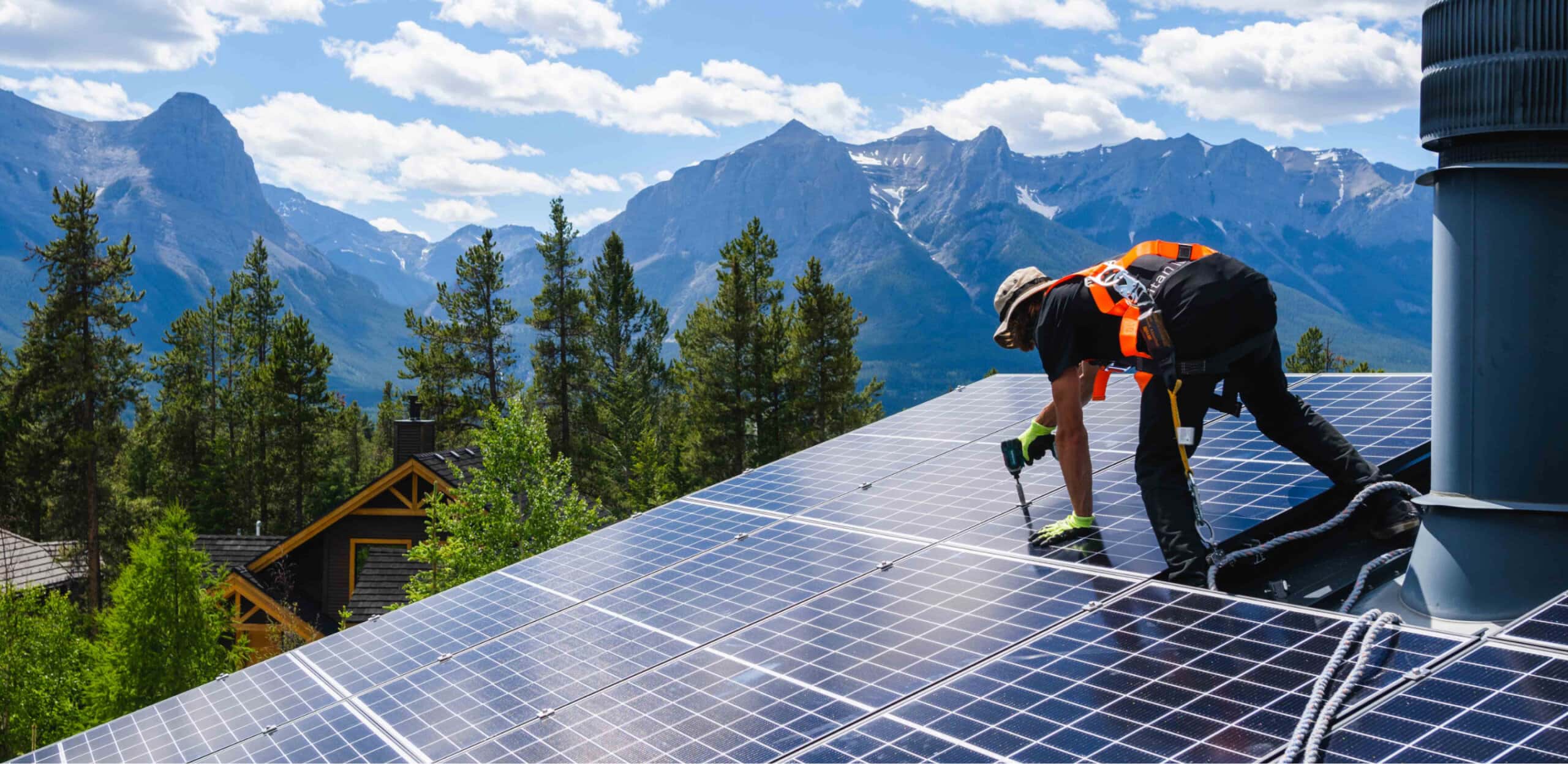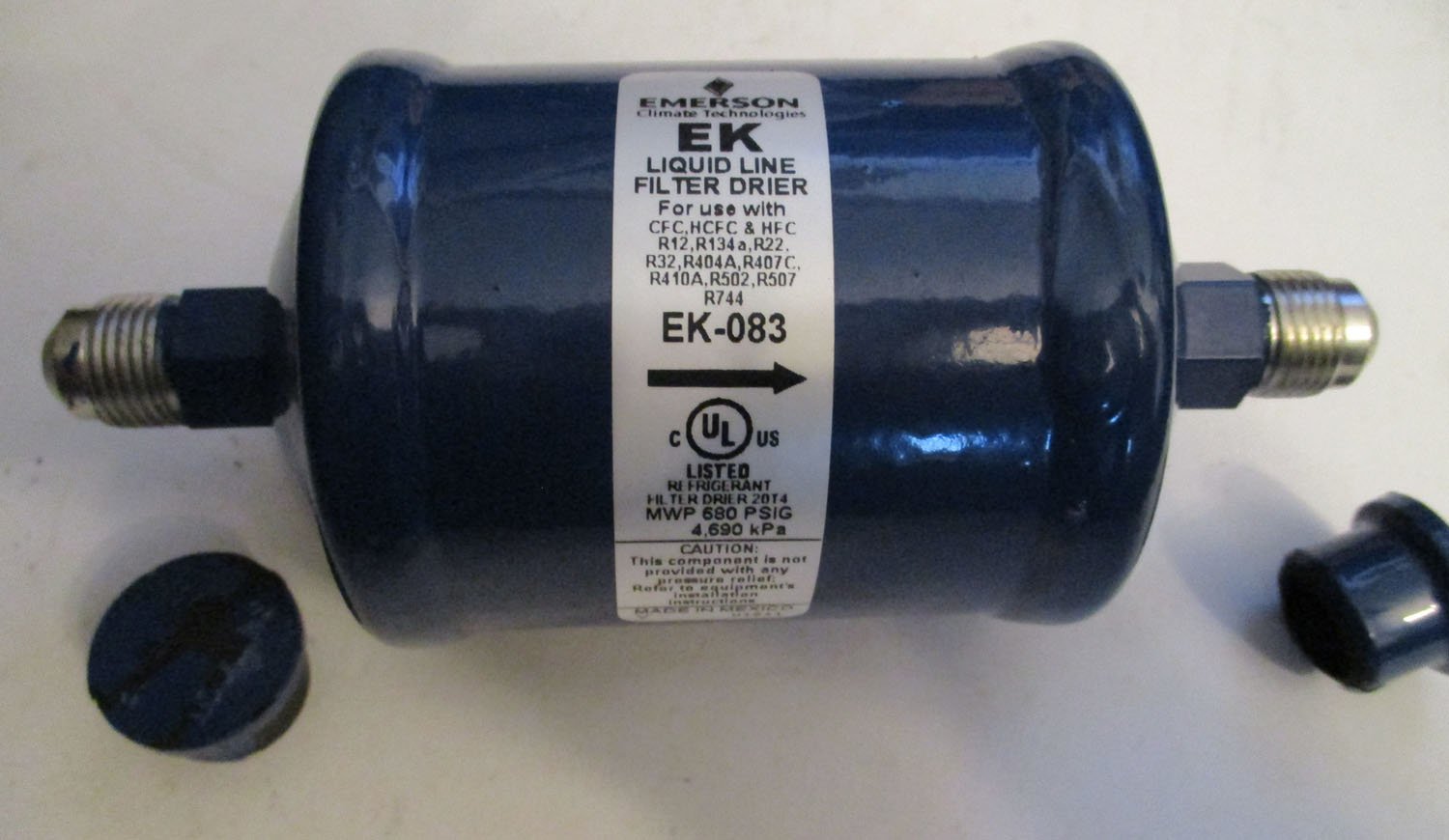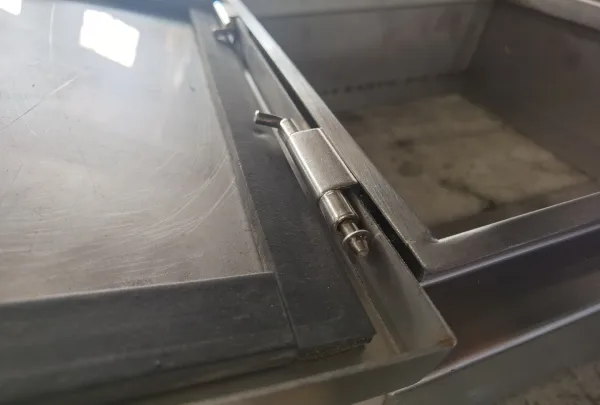
In the realm of home solar panel systems, the choice of inverter is pivotal for seamless integration and optimal performance. Inverters serve as the bridge between solar panels and household electricity, converting the direct current (DC) energy generated by the panels into the alternating current (AC) electricity used to power homes. Exploring the various inverter options available for home solar systems illuminates the path to a seamlessly integrated and efficient renewable energy solution.
Exploring Inverter Options
- String Inverters: String inverters are a traditional and cost-effective choice for home solar installations. They work by connecting multiple solar panels in series, forming a string, and converting the DC electricity from the string into AC electricity. While string inverters are relatively simple to install and maintain, they are susceptible to performance issues if shading or panel malfunction affects any part of the string.
- Microinverters: Microinverters offer a more advanced alternative by placing an inverter on each individual solar panel. This allows for maximum energy harvest as each panel operates independently, mitigating the impact of shading or panel mismatch. Microinverters also provide enhanced monitoring capabilities and safety features compared to string inverters, making them well-suited for residential applications.
- Power Optimizers: Power optimizers are a hybrid solution that combines the benefits of string inverters with module-level optimization. Installed on each panel, power optimizers optimize the power output at the module level while working in conjunction with a central string inverter. This approach offers improved performance in systems with shading issues without the cost of individual microinverters for each panel.
Key Considerations for Integration
- System Design and Configuration: The design and configuration of your home solar system will influence the choice of inverter. Consider factors such as the number of panels, roof orientation, and shading conditions to determine the most suitable option for seamless integration and optimal performance.
- Efficiency and Performance: Evaluate the efficiency and performance of the inverter to maximize energy production and savings over the system’s lifetime. Look for features such as monitoring capabilities and reliability to ensure seamless integration and long-term performance.
- Cost and Budget: Assess the upfront cost and long-term savings associated with each inverter option, considering factors such as installation, maintenance, and warranty coverage. While microinverters and power optimizers may offer superior performance, they often come with a higher initial investment compared to string inverters.
By carefully considering the available inverter options and key integration factors, homeowners can achieve seamless integration and optimal performance for their home solar panel systems. Whether opting for string inverters, microinverters, or power optimizers, choosing the right inverter is essential for harnessing the full potential of solar energy and realizing the benefits of renewable power at home.





